I Ditched Shoes for a Year...
It turns out we have a lot of opinions about what we put on our feet
⚡️In this newsletter:
The latest video
Video's cheat sheet
Note from the Unplugged team
Video's sources
What's next!?
📹 Video of the week:
I Ditched Shoes for a Year - Here's Why
Sneakers, stilettos, slippers, bare feet. It turns out we have a lot of opinions about what we put on our feet, what they look like, and when it’s appropriate to wear them.
After being told to put on shoes at a Starbucks last year, I began to wonder exactly how our relationship to shoes (and feet) has evolved over time. It’s a tale of good marketing, false scientific claims, and a lot of injury to the part of our bodies that are so essential for our mobility.
📊 Video's cheat sheet
These facts and figures particularly blew our minds this week…
Eighty per cent
Of all foot surgeries counted for in the United States are performed on women.
$2500 USD per toe
The amount of money it costs to shorten a single toe… the most common form of cosmetic foot surgery in the United States.
‘Arch Support’
Was a marketing campaign started by Dr. Schull in the 1930s that had no real scientific evidence!
📝 Note from Unplugged team
Looking at shoes over the millennia
In our interview with Anna McNuff, she spoke to the idea that we are very opinionated about feet, what they look like, and what we should do with them because they’re seen more as an accessory rather than a body part. Wild.
With that in mind, we wanted to share some photographs and information about what shoes have looked like over the course of humanity! You might be surprised that some styles we wear today are actually older (or younger) than we think!
These shoes, and much of the information used in the video, comes from an exhibition the V&A in London titled Shoes: Pleasure & Pain. We think this summarises the themes of our video pretty damn well.
Silk Road Shoes, 0068BC
Shoe, 68-56 BC, China, hemp.
This shoe is made out of several layers of hemp sewn together in a similar way to quilting. The stitches also have a decorative function — humbling to know that aesthetic shoes have been in demand for eons! Examples can also be seen on the feet of the terracotta soldiers from Xi’an, China!
Footbinding, 1110AD
Shoes for bound feet, 1850-1950, China.
In the video we mention the Chinese practice of foot binding, introduced just before or during the Song dynasty, which involved tightly wrapping the feet of young girls to prevent them from growing. Bound feet showed that the girl was well brought up and a good marriage prospect. Foot binding in China was formally banned in 1911, but it continued in some rural areas until the 1930s.
Rounded Toe Shoes, 1350
Shoe for a toddler, 1450-1550.
Although the squared toe was popular in the early 1500s, the rounded toe was still considered to be the most practical option for children in Tudor England. This 600-year-old shoe looks very modern and the rounded toe is still popular in contemporary shoe designs.
Heels (for men!), 1700
Pair of men’s mules, about 1700.
Mules were often worn by men as indoor slippers during the early 1700s. Talk about boujee. The slightly flared heel is typical of this period. Mules came in a range of colours and materials. This pair is made with a delicate silver braid suggesting that their owner was affluent.
Gumboots invented, 1817
Bet you didn’t know that the popularised gum boot today actually comes from a shoe commission by The Duke of Wellington who wanted a close-fitting and trim-free calf-skin boot to suit the streamlined male silhouette famous at the time.
The boot became highly popular with everyone wanting to emulate the national hero. In the 1850s the North British Rubber Company first started making the rubberised versions used today. It is thought that Hunter Wellington boots became ‘must have’ festival wear after model Kate Moss was spotted wearing a pair to Glastonbury in 2008.
Shoes for the left and right feed were invented, 1830
Pair of women’s shoes, 1840-50.
Yep, you read that right. Before the 1830s shoes were made on straight lasts with no differentiation between the left and right feet! French shoemakers introduced little paper labels on the insoles of the shoes, ‘GAUCHE’ (left) and ‘DROIT’ (right) in French. These labels were like branding and soon other countries copied them, as French shoes were seen as more fashionable.
Stilletto heels invented, 1955
The Stiletto heel rose to prominence in the 1950s when high fashion reemphasized a more traditional female figure in reaction to restrictions imposed by the Second World War. Roger Vivier’s tailored shoes for Dior are credited with developing the sculpted tapered heel associated with this period. This pair from 1955 illustrates how little the design has changed today since its inception.
Flip Flops return to modern society, 1962
It’s important to note that variations of the classic flip-flop design have existed for over 6000 years. This is perhaps the only style of shoe we wear today that is most like those of our ancestors gone past. Today’s current design gained popularity in the 1960s as a casual shoe, but back in the day, something like this would have been worn for all occasions.
Sneakers take over the world with the introduction of specialised fitness wear, 1982
In the 1980s, there was an explosion of people taking part in sports such as aerobics. This was due to the pull of celebrity influence. Designs from the like of Nike, Reebok, Adidas (and many more) during this period exemplify the increasingly important placed on specialised fitness clothing. This is when we see a huge uptake in celebrity endorsement of fitness shoes, and marketing efforts by shoe companies explode.
📚 Video's key sources
Marlen Komar, Bustle, The Sneaky Manipulative History of Why Women Started Shaving, 2016
Statista, Global footwear market - statistics & facts, 2022
New York Times, If Shoe Won't Fit, Fix the Foot? Popular Surgery Raises Concern, 2003
Natural Footgear, The Shoe Cushioning Myth.
Runners World, Wearing minimalist footwear increases foot strength by 60 per cent, 2021
Rory Curtis, Daily activity in minimal footwear increases foot strength, Footwear Science, 2019
Vivobarefoot, Shoespiracy, 2019
Vivobarefoot, The Barefoot Movement Conference, 2021
🚀 What's next!?
And that’s it from us this time! We will be back very soon with another instalment of Unplugged (the next video is a secret!). In the meantime, stay tuned to our Instagram for the latest updates.
This is a young project in its first year, we are super curious to hear your reaction, feedback, and thoughts, so do not hesitate to write us back to this email.
Thanks for being part of the unplugged tribe ❤

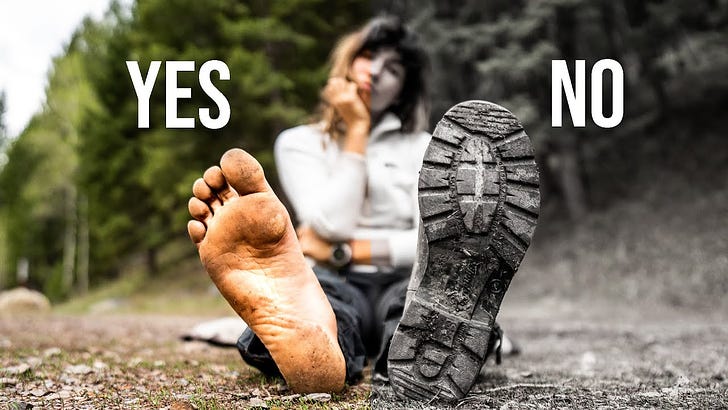


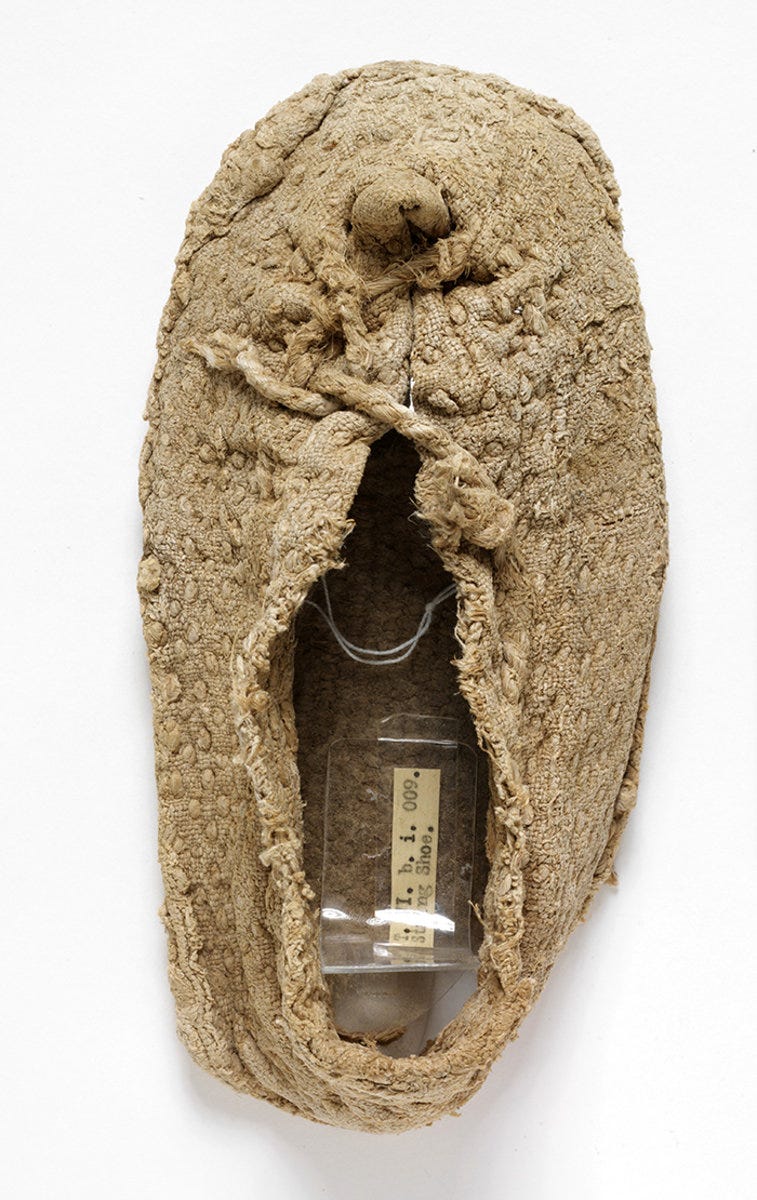




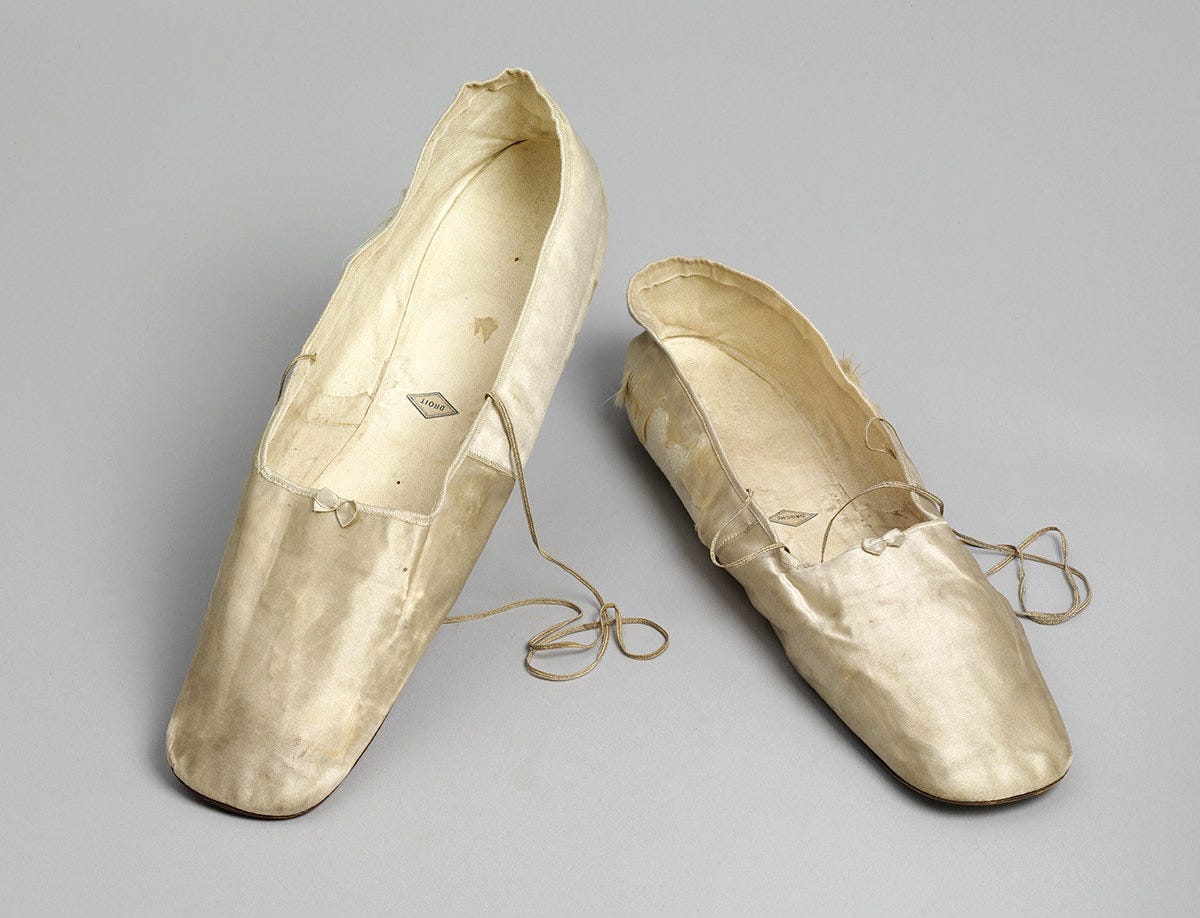
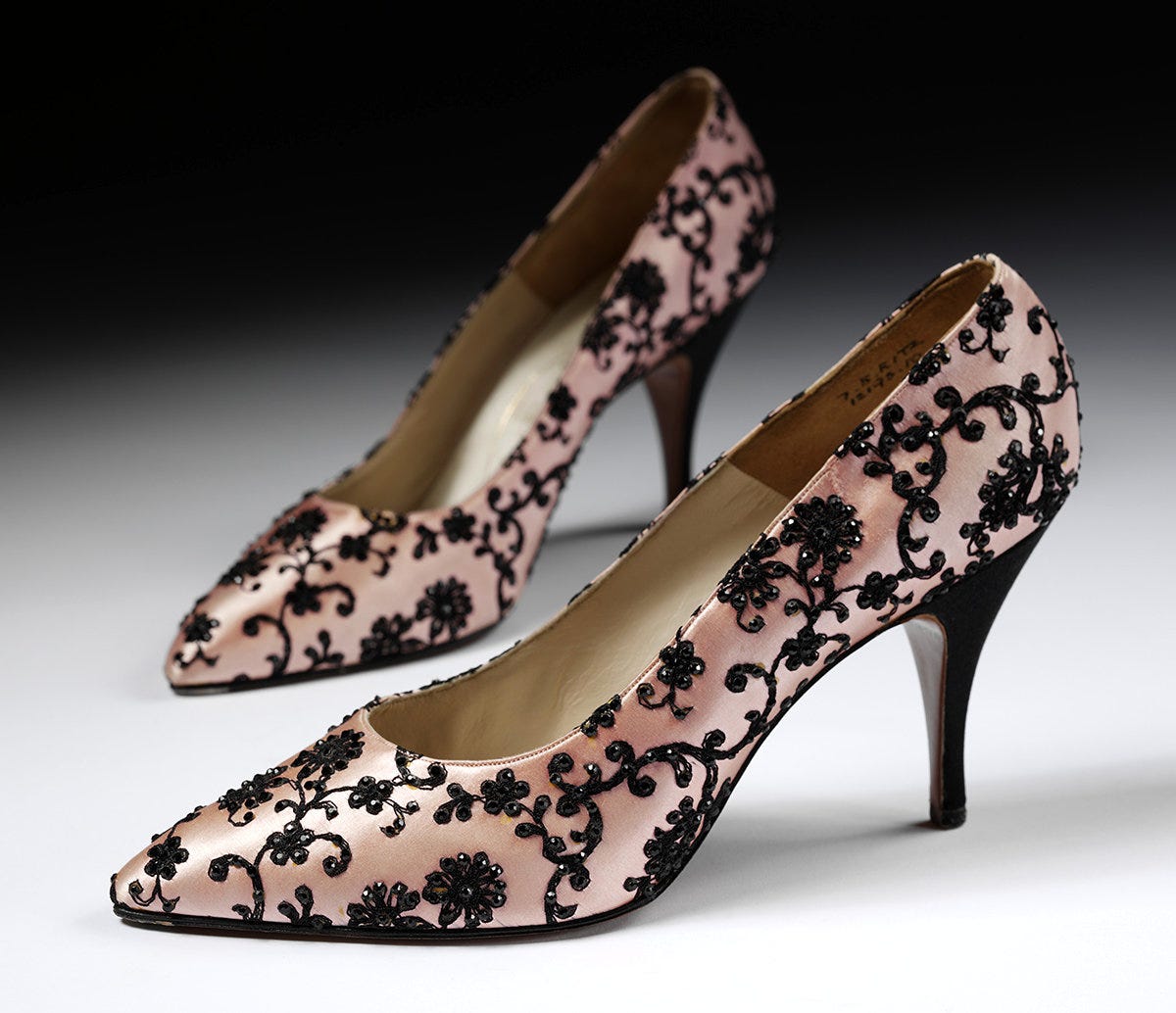
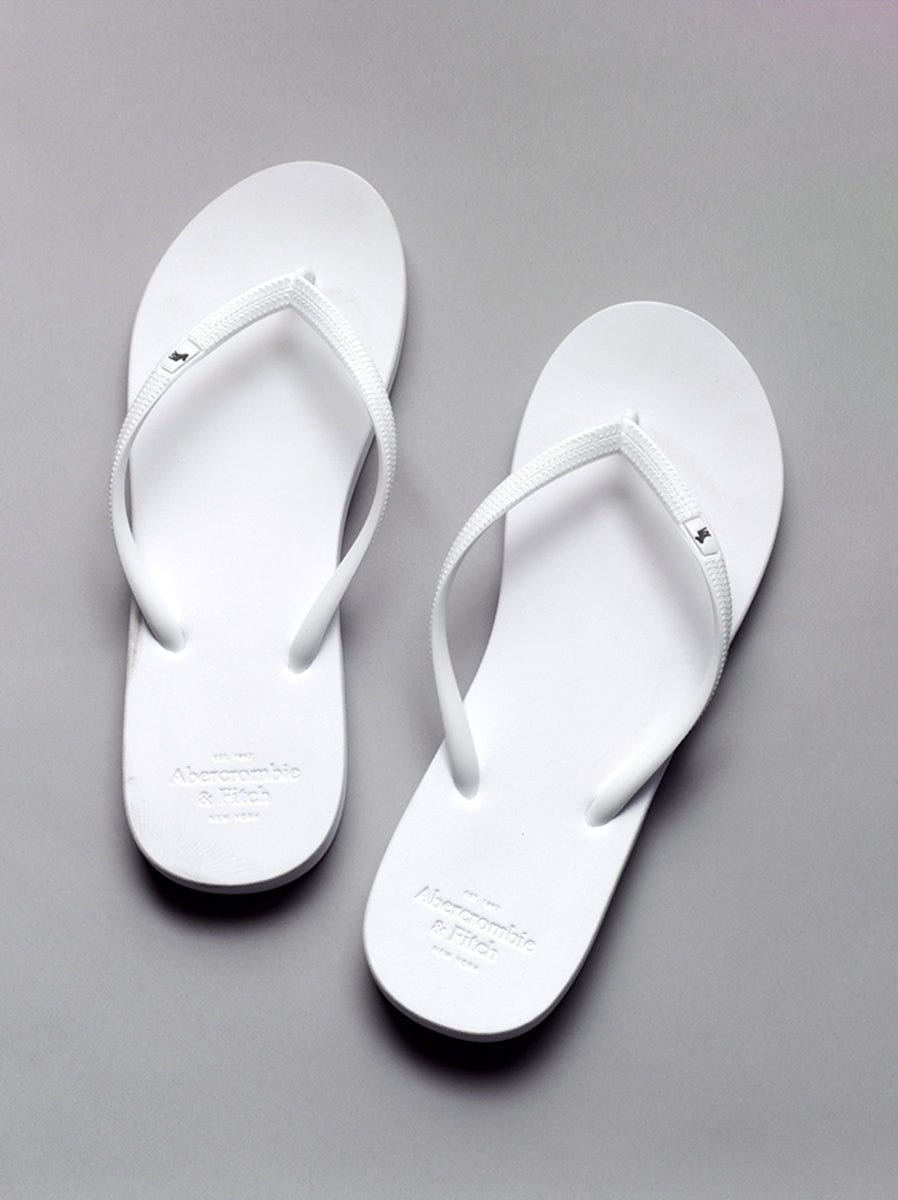
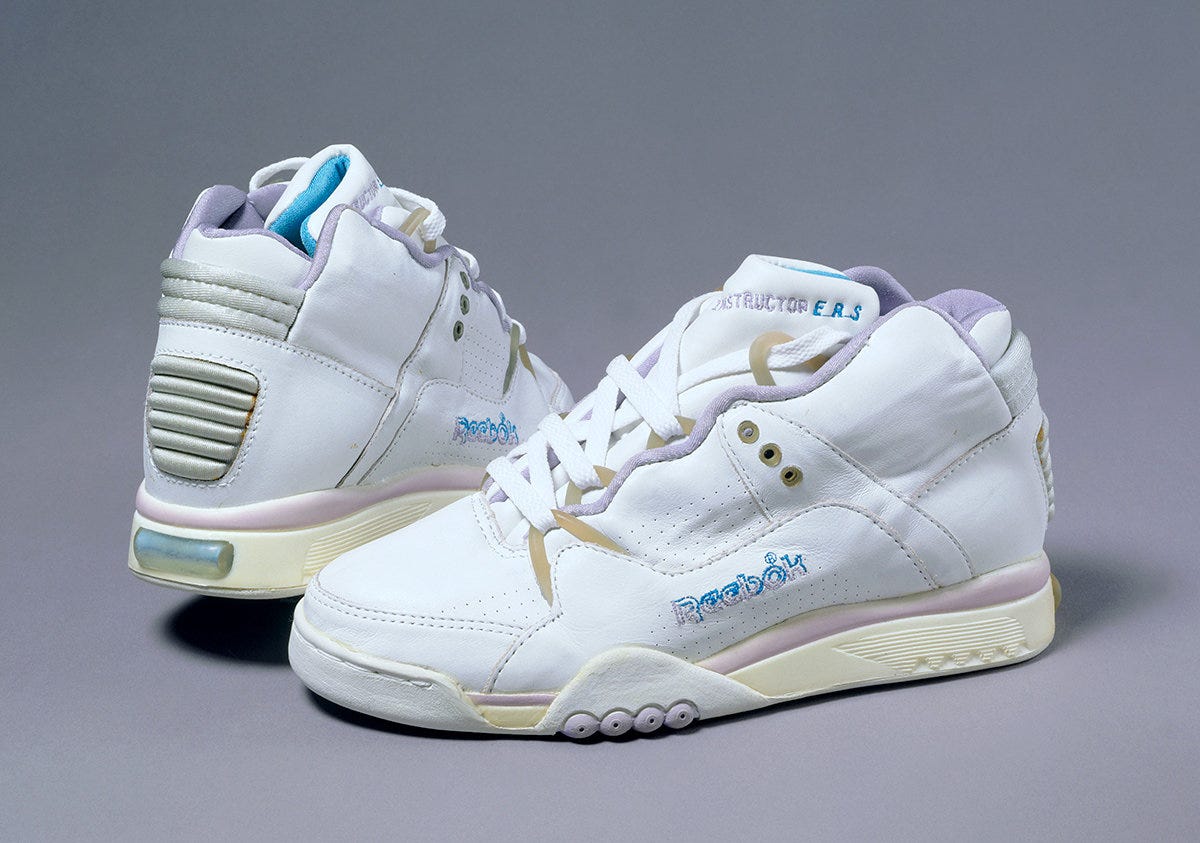
Thank you Eva. Very interesting facts ! I totally ignored shoes and they history before … 😊
My husband goes barefoot more often than not. I do when in a natural environment, but can't deal with the idea of stepping in gum, or litter, or anything else yucky found in a town or city. We even have our (my husband and I) Christmas tradition of walking barefoot in the snow around the house.
Fun read! Thank you for writing! 👠👡 👟